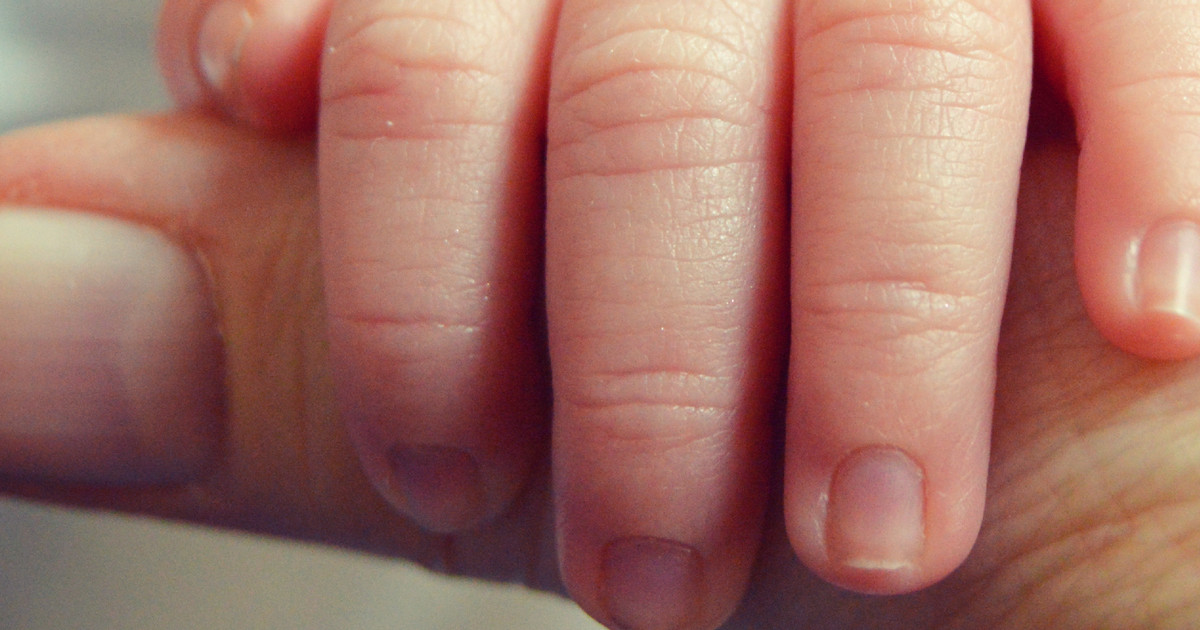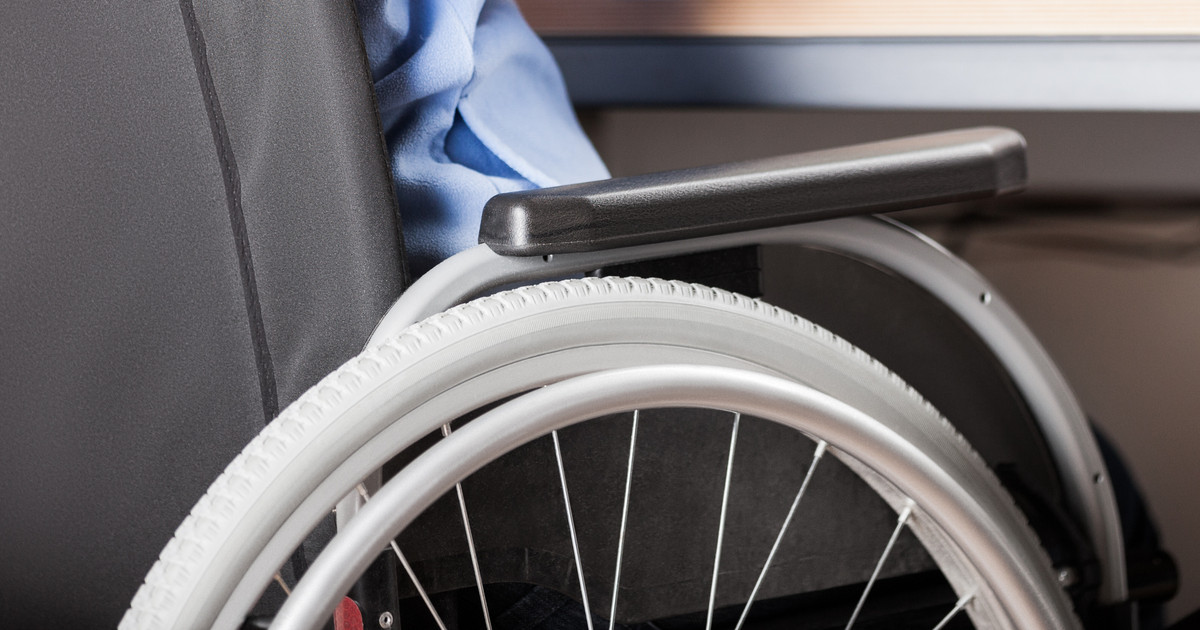Understanding SMA Types And Treatments
Spinal muscular atrophy (SMA) is tough, ladies. It affects people's strength and ability to move. How? By targeting the motor cells in their spine! The good news? Only one in every 11,000 people have it. However, roughly 1 in 50 Americans is a genetic carrier! It's passed down in families. Many patients have a normal life expectancy with this one. The downside? It's a tough life. Expect issues with walking, eating, and speaking. A wheelchair is a common sight for this condition.
There are many SMA treatment options. Ladies, medication for SMA is going to be a big help. Gene therapy for spinal muscular atrophy is, of course, the best treatment! Unfortunately, there's no cure for spinal muscular atrophy. But symptoms can be managed well. It all depends on the type someone has!

Gene Therapy
Gene therapy is going to help people with spinal muscular atrophy. Ladies, this treatment means getting something to replace the missing or defective SMN1 gene! It's often a one-time treatment. Ladies, after this, you (or your kid) are going to have a working gene! It'll give back some motor function, even in the spine. Ladies, gene therapy is an amazing treatment. It increases the survival rate of this condition! It will also mean fewer permanent complications. The only thing? The FDA has approved it for kids under 2 years old, but not older kids and adults. Not yet, at least.
Type 1
SMA type 1 is the most common form. Ladies, this one is also called Werdnig-Hoffman disease. It's one that starts during infancy. Infants get their symptoms as early as when they're born! With this type, they'll definitely start before infants are 6 months old. It's going to affect their ability to move. Ladies, infants with type 1 have weak muscle tone. It'll be hard for them to eat, swallow, and breathe. You're going to need to help them sit. They can't do it alone! They'll also have trouble lifting their head alone.
The good news? Infants will be alert and responsive! SMA type 1 doesn't affect their cognitive abilities. Of course, they'll need a team of doctors for treatment. Well-rounded treatment makes it easier for everyone involved.

Type 2
SMA type 2 is another one that affects infants! The difference between it and SMA type 1? Symptoms start after babies turn 6 months old! That said, ladies, they'll appear before a baby reaches 12 months old. Kids with this one will need help to sit up. They'll need the support to stand and walk as well! Just like SMA type 1, they're going to have weak leg muscles.
Symptoms keep appearing as kids with SMA type 2 get older. They'll end up having issues eating and breathing! Most who have this type can't do more than sit up on their own. They may even lose this skill when they're an adolescent! Ladies, expect to see kids with type 2 deal with tremors in their fingers and scoliosis. Hip dysplasia is common too.
Type 3
Guess what, ladies? SMA type 3 is quite mild! That said, individuals will have significant and permanent effects with this one too. It's also rarer than SMA types 1 and 2. Ladies, symptoms of this type start between early childhood and adolescence! The big thing that has to happen if it's this type of spinal muscular atrophy? Symptoms must start after a kid learns to walk! If it happens before, it's a different form!
SMA type 3 can be split into two major subtypes. Once again, it depends on when symptoms start! The first subtype? Symptoms start when a kid is between 1 and 3 years old. The second, ladies, will start after a kid turns 3 years old. You'll first start to notice the kid struggling to walk and run. They'll have a hard time going up and down stairs too! The muscle weakness of SMA starts in the hips and legs for this type. That's why walking is challenging! Of course, ladies, the weakness will get into the arms and shoulders eventually.

Type 4
SMA type 4 is the form that affects adults! Ladies, the symptoms will start in your late teens, but before you're 20. Of course, patients can notice symptoms in their 20s and 30s too! Ladies, expect a diagnosis between 35 and 40 years old. This is when doctors will typically give it! Genes are why symptoms don't start early. Ladies, those who have this form have either 4 or 6 SMN2 gene copies. This is what compensates for the mutations that get younger patients! Genes also help keep the symptoms mild! Of course, ladies, expect leg and hip weakness. Some of those with this type will walk short distances with a mobility aid. Others? A wheelchair is needed because they can't walk!